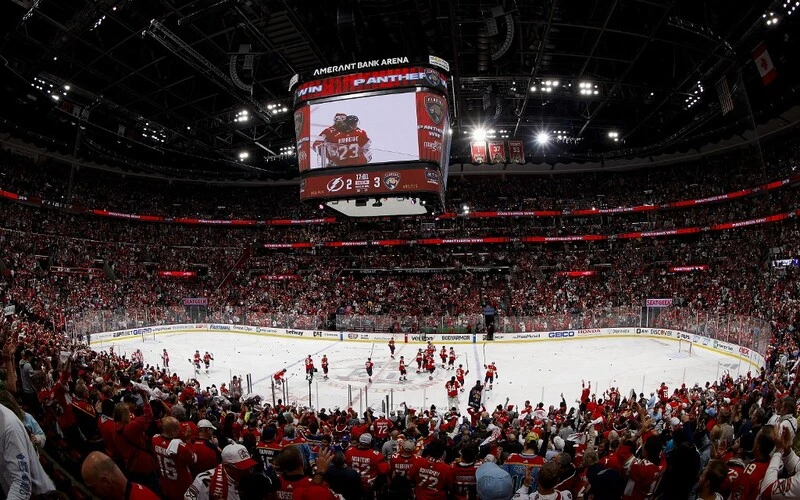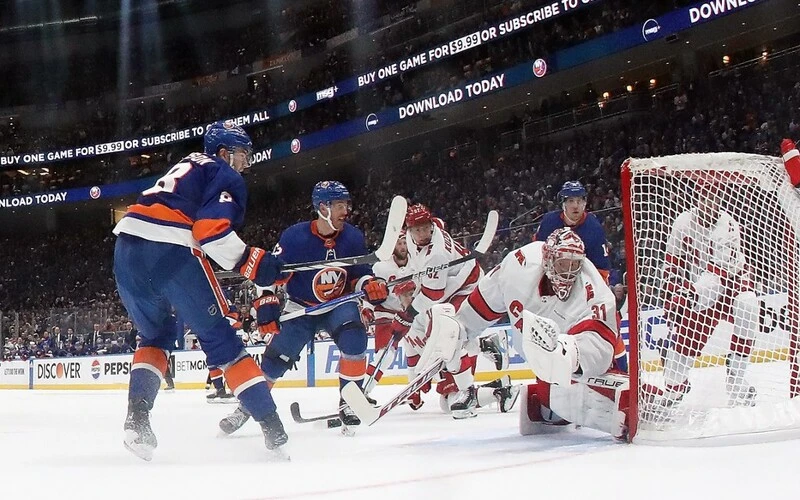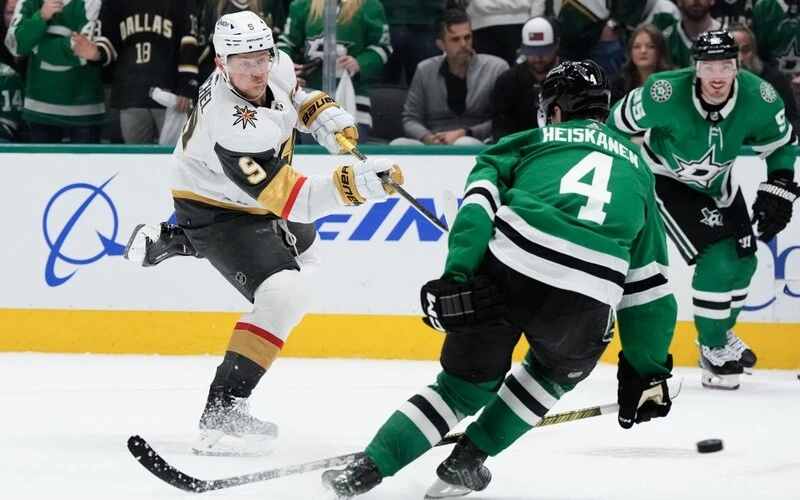NHL Scores
Latest NHL Games Results
Understanding NHL Scores & Games Results
Hockey is one of the most demanding sports in the world, and the NHL is the highest level of competition for hockey players.
Each NHL game consists of three 20-minute long periods, with an intermission between each one. Scoring in the NHL is whenever a team hits the puck past the goalie and into the net during the 20 minutes of game time per period.
In NHL games, teams can earn points in different ways. A team can earn two points for winning a game, one point for losing in overtime or a shootout, and zero points for losing in regulation. These points determine the standings and playoff positions for each team throughout the season.
To understand the NHL scoring system, it is also helpful to know some common hockey terms. For example, a "power play" occurs when one team has a player advantage due to a penalty on the other team, and a "penalty kill" is when a team successfully defends against a power play.
The NHL has two conferences, each containing two divisions. The playoff schedule is set according to conference standings, with the division leaders seeded in order in the conference standings. Total points determine the standings otherwise.
In the playoffs, the top-seeded team faces the second wildcard team, while the second-seeded team plays the first wildcard team. The other two hockey matchups involve the division leaders from the other half of the conference. The winners of each matchup advance to the next round, with the ultimate goal of winning the Stanley Cup, the most prestigious trophy in the NHL.
Hockey Scoring
In hockey, scoring points is done by scoring goals and making assists. When a player is able to get the puck past the goalie and across the goal line, they receive a point. Additionally, players can also receive points statistically by assisting others in scoring goals.
In order for a goal to be considered valid, the puck must completely cross the goal line and cannot stop on the goal line. Violations, such as the use of a hand to guide the puck into the goal or kicking the puck into the goal, are not allowed.
Overall, scoring in hockey is a straightforward process where the puck must enter the goal and pass the goal line to be considered a goal. Hockey players can also earn points by assisting their teammates in scoring goals.
Hockey Scores & Betting
Scoring in hockey can be done in many styles, but all goals are worth just one, affecting the NHL game scores. Even though each goal is worth just one point, if a team scores mostly on the power-play, it can give you insight into how well each team played. A power-play is when a player on a team commits a penalty and is sent to the penalty box for at least two minutes.
When the player is in the penalty box, his team is down a player on the ice, so when hockey is usually played five-on-five, it is then played five-on-four. The man-advantage gives a team more scoring chances, which means more mistakes by one team can directly lead to more goals.
Late-game goals that can run up a score can get even more challenging. Often late in a close game, the losing team might pull their goalie to play with six skaters but have no goalie. That can allow for an easy goal by the other team, maybe extending a lead from 4-3 to 5-3.
Power-play goals can heavily influence a team’s NHL scores and standings because a team might rely too heavily on them. A hockey team that gets most of its goals off of another team’s mistakes can be hard to bet on because they might score less if they go against a more disciplined team. Keeping track of how many regular goals a team scores is crucial, as well as goalie stats. An elite goalie can face 40 shots and still allow one to two goals, always giving his team a shot to win.
The best time to bet on the NHL might be during the playoffs. NHL playoff scores can be chaotic and unpredictable, but it also allows for many upsets. Knowing when those upsets could happen is a great way to hit big on a bet.
Moneylines:
Betting on an NHL moneyline is betting on who you believe will win in the game by scoring more goals. It makes betting pretty simple to just place odds on both teams, with one team as a favorite – the team the sportsbooks believe has the best chances of winning, often represented as -200.
The team the sportsbook believes is more likely to lose, will be an underdog and be represented by +200.
Puck Line:
In hockey, the spread is known as the “puck line” — where betting on the NHL gets much more exciting and fun. You are not explicitly betting on a team to win, but betting on by how much a team will win or lose. It makes it a lot more challenging, because the sportsbooks select the favorite from the moneyline and then say they will likely win by at least 1½ goals. As a better option, you could bet on the favorite to win by at least two goals, represented as -1½. If the game ended with a scoreline of 4-2, the bet would cash.
On the other hand, you could believe the underdog could keep it close and only lose by one goal, and a score of 4-3, represented by +1½ would cash. If you are betting on the game to be close, be cautious of a team pulling their goalie, which can flip a bet in a matter of seconds.
Over/Under:
Over/under bets in the NHL focus on how many total goals will be scored in a single game or even a period. Looking at the way teams score their goals, and who is in goal every night, is a crucial part of betting the total. If a team that is great on the power-play is facing a team that gives up a lot of penalties, and has a backup goalie, that game is likely to have many goals in it.
However, if a team that does not score many goals is facing another weak offensive team, and both have elite goalies, that game could lack excitement and goals.





















